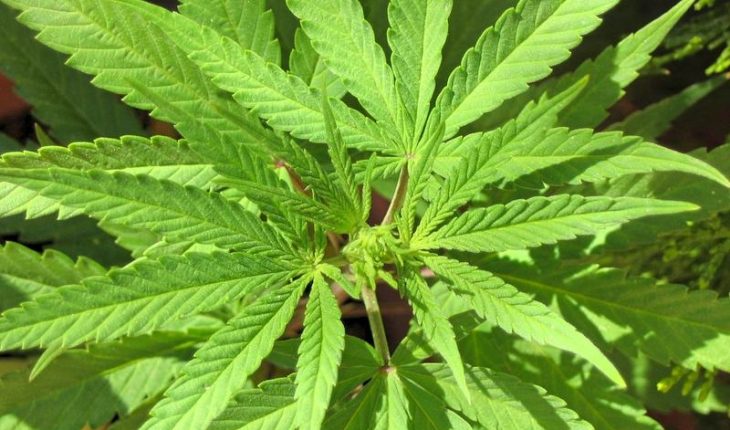As a society, we’ve come a long way in terms of understanding and accepting cannabis as a legitimate crop for producing fabric, medicine, paper and more. The plant has historically played an enormous role in human development. However, due to certain political developments around the beginning of the 20th century, cannabis became an illicit substance banned by the federal government. Among other uses, we’ve now begun to rediscover the nearly miraculous healing properties of hemp as well as its use as an alternative to environmentally toxic plastic. Nevertheless, we still continue to learn more about cannabis and how it can make a difference in our lives.
Research Into Cannabis
The fuel that ignited the transformation in public opinion regarding the legality of cannabis was the research into the plant’s medicinal possibilities. First, scientists discovered the potential cannabis has as a powerful anti seizure medicine. This occurred after many patients began to see relief from their symptoms following therapy with CBD, the compound in the cannabis plant that is widely used therapeutically today.
CBD and the other cannabinoids in the plant work on the human endocannabinoid system with profound physiological effects. Today, patients and their doctors utilize cannabinoid compounds to treat sleep disorders, mental health issues, and chronic pain.
Defining Derivatives
Since cannabis became legal for medicinal and recreational purposes in many states, the industry has boomed. New cannabis-containing products seemingly appear every day. There are some key differences between the current popular derivatives. Options that cannabis consumers now have include, the traditional buds and leaves for smoking, edible products, like gummies with extracted cannabinoid compounds as well as CBD and THC vaping products, to name a few.
Industrial Hemp
One of the biggest developments in cannabis news came with the 2018 Farm Bill, a piece of federal legislation that legalized hemp for industrial production. Hemp can be used to produce paper, protein powder and biomass fuels, making it arguably the most diverse crop in the world in terms of its utility. The distinction between hemp and marijuana is murky, as are the consumer products that the plants ultimately become. For example, CBD products are legal federally, but they cannot contain more than 0.3% THC, the compound that gets users “high.”
We’re already aware of many amazing possibilities of cannabis. As we move forward, keep an eye out for even more discoveries.
Here’s another article you might be interested in: Cool Facts About the Human Brain You Might Not Know




